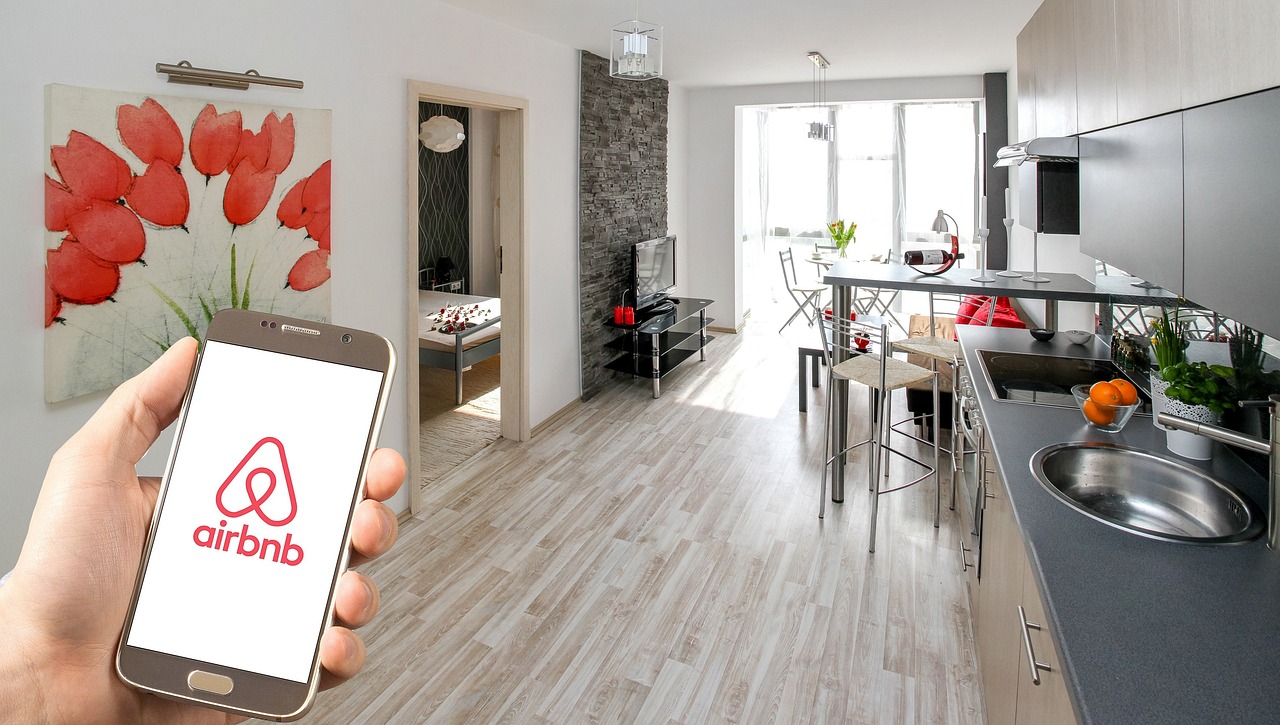
How to Perform a Submarket Analysis for Your Short-Term Rental Investment
Identifying the Right Submarket
Before jumping into an investment, it’s essential to identify which submarket has the greatest potential for success. Submarkets are smaller areas within a broader market that may have unique dynamics, such as high tourist demand or seasonal events that impact occupancy. Tools like SB GROUP can help you identify these submarkets by analyzing metrics such as Average Daily Rate (ADR) and occupancy rates in different zones.
Demand Analysis
The next step is to assess the demand in the submarket. Ask yourself: What attracts visitors to this area? Are there events, festivals, or natural attractions driving demand for rentals? By identifying the factors that draw tourists or travelers, you can determine whether the submarket has the potential to maintain high occupancy year-round or only during specific seasons.
Evaluating Local Competition
A submarket analysis should also include a review of the local competition. Research how many similar rental properties are in the area and what kind of rates they charge. This will help you understand whether your property will have sufficient demand or if competition will drive rates down. Additionally, check ratings and reviews of similar properties to identify areas for improvement or key features that can help you stand out.
Financial Analysis
It’s crucial to conduct a detailed financial analysis, taking into account both initial costs and ongoing expenses. Estimate how much you could earn based on projected occupancy rates and Average Daily Rates. Factor in fixed expenses like maintenance, taxes, and platform fees to get a clear picture of the profitability of the investment.
Local Regulations
Each submarket comes with its own set of local regulations that can impact the operation of short-term rentals. Research whether there are zoning restrictions, limits on the number of days you can rent out your property, or additional taxes. Understanding the local laws upfront will help you avoid issues and ensure a smooth, legal operation.
Performing a submarket analysis is essential for maximizing your chances of success in the short-term rental market. By utilizing tools like SB GROUP and diving into demand analysis, competition, regulations, and financial considerations, you’ll be able to make informed decisions that enhance your investment’s profitability. With a solid strategy, you’ll have a better chance of generating stable, sustainable passive income.


